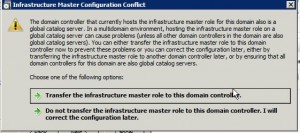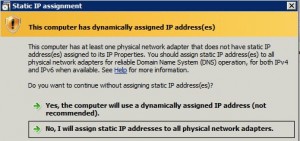Upgrade unlocked iPhone 3GS to IOS 5.0.1 baseband 06.15.00 untethered.
- December 27th, 2011
- Write comment
This is the process I used to upgrade an iPhone 3Gs running IOS 4.1 baseband 06.15.00 to IOS 5.0.1 while preserving the baseband and the carrier unlock.
Software installed/downloaded:
OS: MacOS Lion 10.7.2
iTunes: 10.5.2
redsn0w_mac_0.9.10b1.zip
iPhone2,1_5.0.1_9A405_Restore.ipsw
I plugged the phone into my computer and backed up from iTunes by right mouse clicking on the phone and selecting “Backup”.
I downloaded the redsn0w application and the IOS install into a folder called JB.
I unzipped the redsn0w_mac_0.9.10b1.zip and executed redsn0w.app from the redsn0w_mac_0.9.10b1 folder.
Clicked Extras.
Clicked Custom IPSW and browsed to the JB folder where I downloaded the iPhone2,1_5.0.1_9A405_Restore.ipsw from Apple.
Since I had an original 3Gs, I selected “No” on the “Will this custom IPSW be used on a newer (fixed) version of the iPhone3GS?”.
This created a custom NO_BB_OLDROM_iPhone2,1_5.0.1_9A405_Restore.ipsw file that will not attempt to update the baseband when IOS 5.0.1 is restored.
Once created, I needed to put the phone in DFU mode. For some reason, I had trouble using the method I had used before. This is what I did this time:
With device powered on,unlocked and connected via the USB cable with iTunes running:
Hold the Power and Home buttons.
When the screen goes black, count to 2.
Then, release the Power button, and hold the Home button for 10 – 15 seconds.
iTunes came up and displayed that it was in recover mode. I tried restoring my custom IPSW from here but I kept getting a 1600 error. So, once I had in recover mode, I fired up Redsn0w again and went into Extras and clicked on “Pwned DFU”.
This put it in DFU mode quickly.
Then, I was able to hold “alt/option” and click the “Restore” button in iTunes.
This allowed me to browse to the custom IPSW: NO_BB_OLDROM_iPhone2,1_5.0.1_9A405_Restore.ipsw.
This installed IOS 5.0.1 on the phone and preserved the baseband (06.15.00) with the applications and settings restored.
Once up, the phone still needed to be jailbroken and unlocked.
I closed iTunes, and brought up Redsn0w again. I needed to point redsn0w to the unchanged iPhone2,1_5.0.1_9A405_Restore.ipsw file. This time, I chose Jailbreak. The only option that I had selected was “Install Cydia”.
After rebooting and verifying the Cydia icon is installed, I needed to unlock the phone.
I launched Cydia and clicked on Manage and then Sources.
Then, I added the Ultrasn0w repository by clicking “Edit” and “Add”. Then, I added the repository: http://repo666.ultrasn0w.com. Note: this took me quite a few attempts on the 27th, due to server load some where along the line. Eventually, I was able to get the repository added.
Once added, I was able to search for and install Ultrasn0w.
I rebooted and the phone was updated, jailbroken and unlocked.


